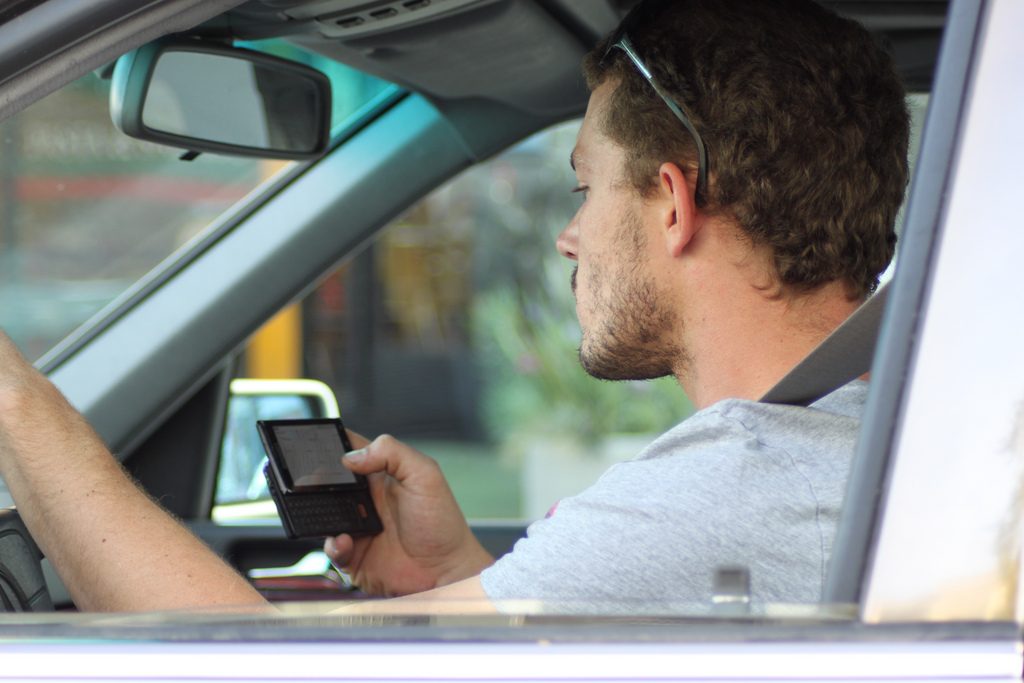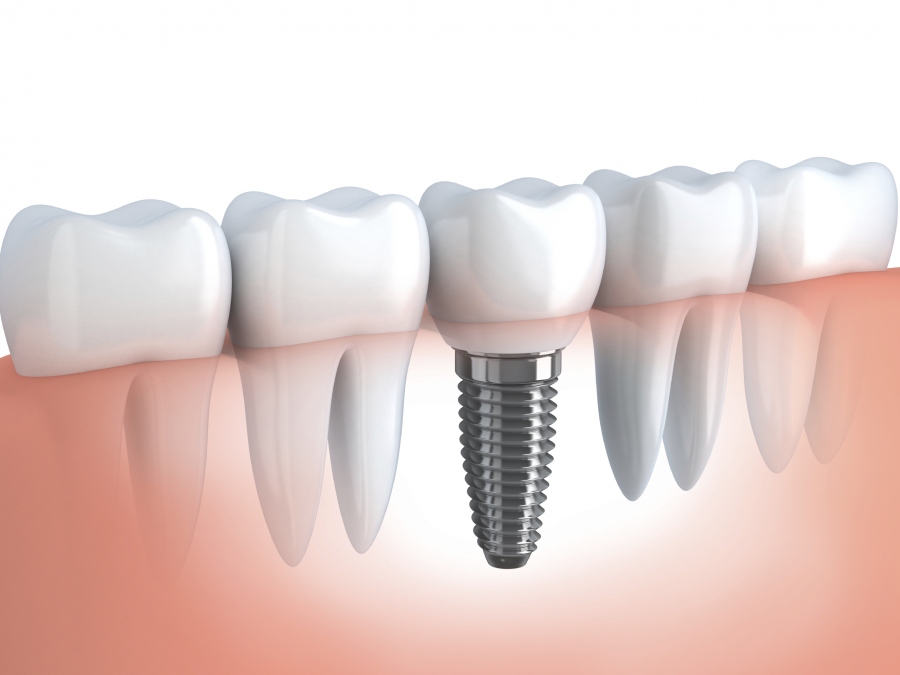Despite the availability and access to crash statistics that reveal a growing problem on the roads in the United States, public awareness of the dangers associated with distracted driving seem trivialized, both in the media and in culture. Simple activities such as checking a smartphone for a text or searching in a bag on the front seat seem so harmless, yet impair the driver’s judgement for critical seconds leading up to a serious collision.
In this article, we will discuss the top seven situations and factors that contribute to motor vehicle collisions in America, and how distracted driving continues to increase as a leading factor in car crashes, personal injury, and collision fatalities.

The 2016 Statistics Have Just Been Released (The Results Are Alarming)
The U.S Department of Transportation, National Highway Traffic Safety Administration (NHTSA) released the most recent data for accident rates and causation for 2016. At the time of writing, the NHTSA was in review of the aggregate accident data, but based on accumulated reports, the agency offered some startling predictions in the “Early Estimate of Motor Vehicle Traffic Fatalities for the First 9 Months of 2016.”
Some of the findings included:
An increase in motor vehicle fatalities in the first quarter of the year (compared to 2015 data) that has increased from 7.0 percent to 11.8 percent.
- A 20 percent increase in motor vehicle fatalities in Region 1 (Vermont, Rhode Island, Maryland, Massachusetts, New Hampshire and Connecticut).
- A 15 percent increase in motor vehicle fatalities in Region 4 (Florida, Georgia, South Carolina, Alabama, and Tennessee).
It should be noted that the projections and estimates are based on partial data, until all 2016 reports are accumulated by the NHTSA. Nonetheless, the stark increase in motor vehicle fatalities demonstrates a concerning trend that is being closely scrutinized by traffic safety regulators, government agencies, and insurers to determine both causes and solutions to the increased danger on American roads.
Is Technology to Blame for Distracted Driving?
The growing challenge for safety regulators is to enforce a culture of driver safety, while vehicle technology and personal devices continue to advance, providing the opportunity for increased distraction while driving. Onboard technology including digital comfort settings (environment control), reverse cameras, and audio visual equipment (including television screens in some van and truck models) are all contributing factors to driver distraction and increased collision rates.
While smartphone use is a direct cause of many motor vehicle collisions, injuries, and fatalities in the United States on an annual basis, there are many seemingly harmless human activities that can increase the risk of a car crash. And if you think that the incoming self-driving cars will be better at avoiding the human errors that contribute to collisions, a recent study revealed that they are equally prone to operational error and increased risk of injuries or fatalities. While it is projected that self-driving cars will clearly reduce distracted driving as an accident factor, it may replace that risk component with navigational errors that will still contribute to a high number of injuries and fatalities. A fact that many states are recognizing as they struggle with regulation of road worthiness and automated vehicles.
You know there is a significant problem with distracted driving when the U.S. government has created a website specifically to share resources and statistics about motor vehicle collisions related to distraction. On Distraction.gov, the “Official U.S. Website for Distracted Driving,” relevant research studies and reports are shared to promote awareness of the growing safety problem.
Did you know?
- The average amount of time a driver’s eyes are off the road when texting on smartphone is five seconds. If traveling at 55 miles per hour, that is sufficient time to travel the length of a football field.
- Approximately 660,000 drivers are using cell phones or other electronic devices while driving in the United States each day. This is per data shared by the annual National Occupant Protection Use Survey (NOPUS), a division for the National Highway Traffic Safety Administration.
- Young drivers under the age of 30 years represent 23 percent of fatal crashes. Of those motor vehicle collisions, 38 percent of drivers were using mobile phones immediately preceding the accident.
Distracted driving statistics provide a clear picture on the importance of removing distractions and retraining safe driving habits. It is easy over time to adopt habits that increase the risk of car accident injuries or fatalities, without realizing how harmful, or how seriously injured a driver or passenger can become because of a car crash.
The Top Seven Causes of Distracted Driving
There are several situations where a driver can become legitimately distracted by circumstances outside the vehicle, which may contribute to a motor vehicle collision. Those factors include passing another accident (rubber necking), weather conditions and visibility, or driver fatigue. However, there are many activities conducted inside the car by the driver that are optional; a choice that puts them, and others on the road, at a higher risk of accident or injury.
Based on data provided by the Centers for Disease Control and Prevention, there are several common causes of distracted driving in the United States. We have selected seven of the top causes of distraction-related motor vehicle accidents, which include:
- Use of a smartphone or other electronic mobile device.
- Use of onboard technology, including GPS, electronic consoles, and audio visual equipment.
- Eating food or drinking beverages while driving.
- Noise and engagement with other passengers inside the vehicle.
- Personal grooming, including makeup application and hair styling or brushing while the vehicle is moving.
- Unconfined pets in the passenger area.
- Reaching for objects within the vehicle, including searching through backpacks, bags, or purses.
As young drivers have been statistically shown to have a higher rate of distracted driving, motor vehicle collisions, and fatalities, parents can provide resources to help their teens to commit to safe driving habits. The NHTSA provides an injury and accident checklist for parents to share with teens, to help them understand the link between distracted driving and driver fatalities.




